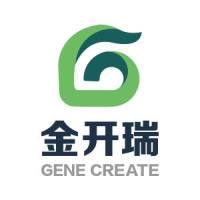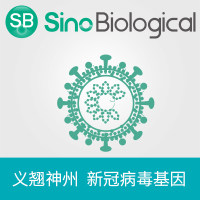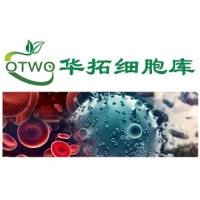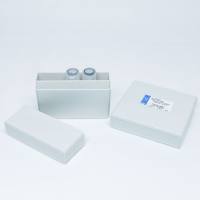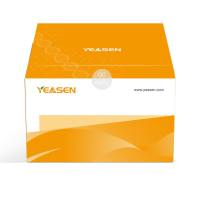Isolation of YAC Ends by Plasmid Rescue
互联网
873
In the construction and characterization of yeast artificial chromosome (YAC) contigs, it is necessary to be able to isolate and map the ends of the genomic inserts. This is important with respect to both extending contigs, and identifying chimerism. A number of techniques have now been described and successfully applied to this purpose, and the majority of these methods are PCR-based, including Alu -vector PCR (1 ), vectorette libraries (2 ), and inverse PCR (3 ) (see ref. 4 for review). Although the possibility of isolating vector—insert junctions by plasmid rescue was identified in the initial article describing the pYAC vectors (5 ), these vectors were not designed with plasmid end rescue in mind. The most widely used YAC libraries are constructed in the pYAC4 vector, i.e., the Washington University (6 ), CEPH (7 ), ICRF (8 ), and ICI (9 ) libraries, and consequently, modifications to the vector arms need to be made in order to comprehensively use the plasmid rescue approach.


